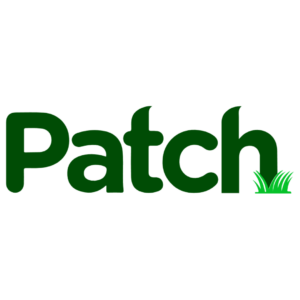
In preparation for the start of the school year this fall, $210 million has been set aside to expand targeted tutoring initiatives for at-risk students and to ensure that more students have access to remote learning. The funding will be allocated through the federal CARES Act.
“For six straight years, we have provided historically high state funding for our schools, while fighting for more accountability for Maryland parents, teachers, and taxpayers and working to achieve better results for our children,” said Gov. Larry Hogan in a news release. “Education has been, and will continue to be, our administration’s highest priority. While many states have already seen significant cuts and layoffs, in Maryland, we are going to do everything we possibly can to level-fund K-12 education.”
State Superintendent of Schools Karen Salmon noted that the “longstanding gaps in educational opportunity and access have been further exposed and widened by the COVID-19 pandemic.”
“Our goal with these resources is to give local school systems the support and flexibility to help ensure that students most impacted during the crisis receive intense focus and priority in our recovery efforts,” Salmon said.
In total, the governor has now committed more than $255 million in CARES Act funding for education priorities.
Remote Learning Enhancements: $100 Million
To address the digital divide, Hogan and Salmon have allocated $100 million to be made available to local school systems to ensure that students have access to the most up-to-date devices and connectivity. It is estimated that student devices need to be replaced when they are more than four years old. Local school systems must also take into account having the staff necessary to deploy and maintain devices. Having this infrastructure in place is critical to the state’s long-term recovery from COVID-19.
Targeted Tutoring Initiatives: $100 Million
In order to deal with learning loss due to time away from direct instruction and teacher intervention, Hogan and Salmon have allocated $100 million for local school systems that implement tutoring and learning programs designed to help students in need. Research has shown that the rate of learning gain can be improved with intensive tutoring. At-risk students are most often identified based on math and reading scores that are significantly below their grade level.
Rural Broadband: $10 Million
The Governor’s Office of Rural Broadband will construct a wireless education network for students’ use in western Maryland, southern Maryland and on the Eastern Shore. This network will initially be constructed in the areas that currently lack broadband service, but could be expanded to cover other areas of the state where access may be limited for other reasons. The state is proposing a wireless, long-term evolution network using frequency provided by the Federal Communications Commission for educational purposes or available unlicensed frequencies. In total, the governor has now committed $20 million in CARES Act funding to expand rural broadband and an additional $5 million for urban broadband.
To see the story by Kristin Danley-Greiner as it originally appeared on Patch.com, click here.
Did someone forward this to you?
Get your own daily morning news roundup in your inbox. Free. Sign up here.




 Creative Commons Attribution
Creative Commons Attribution